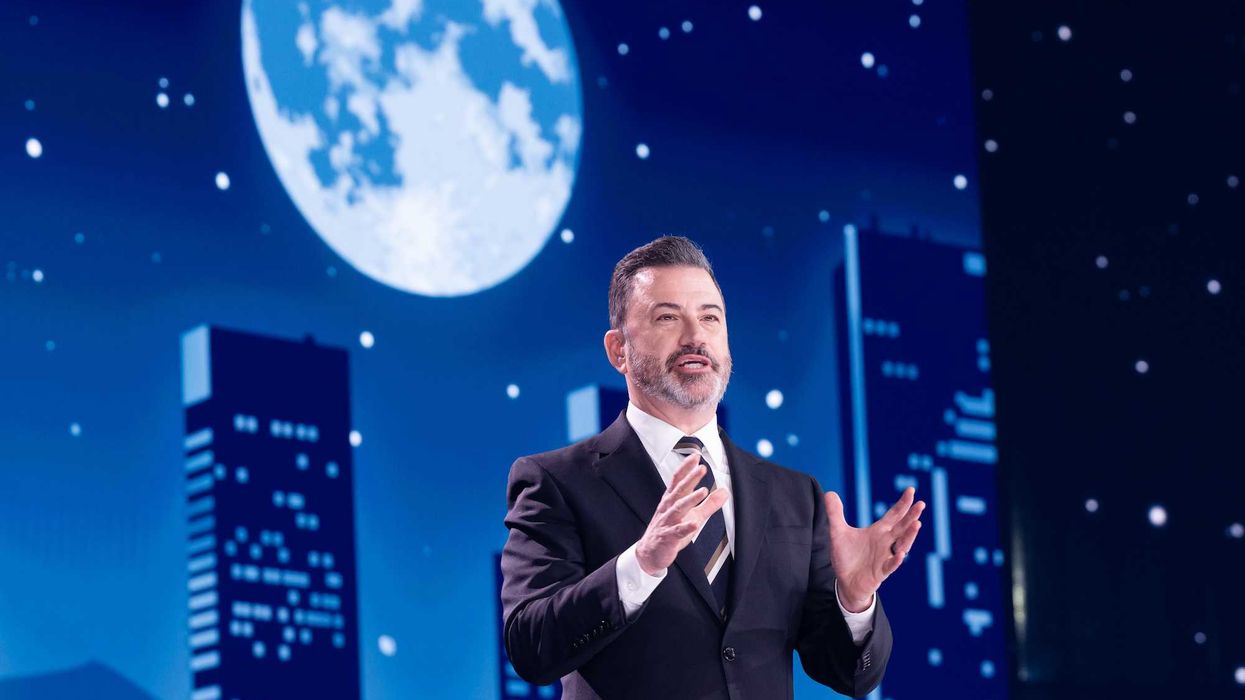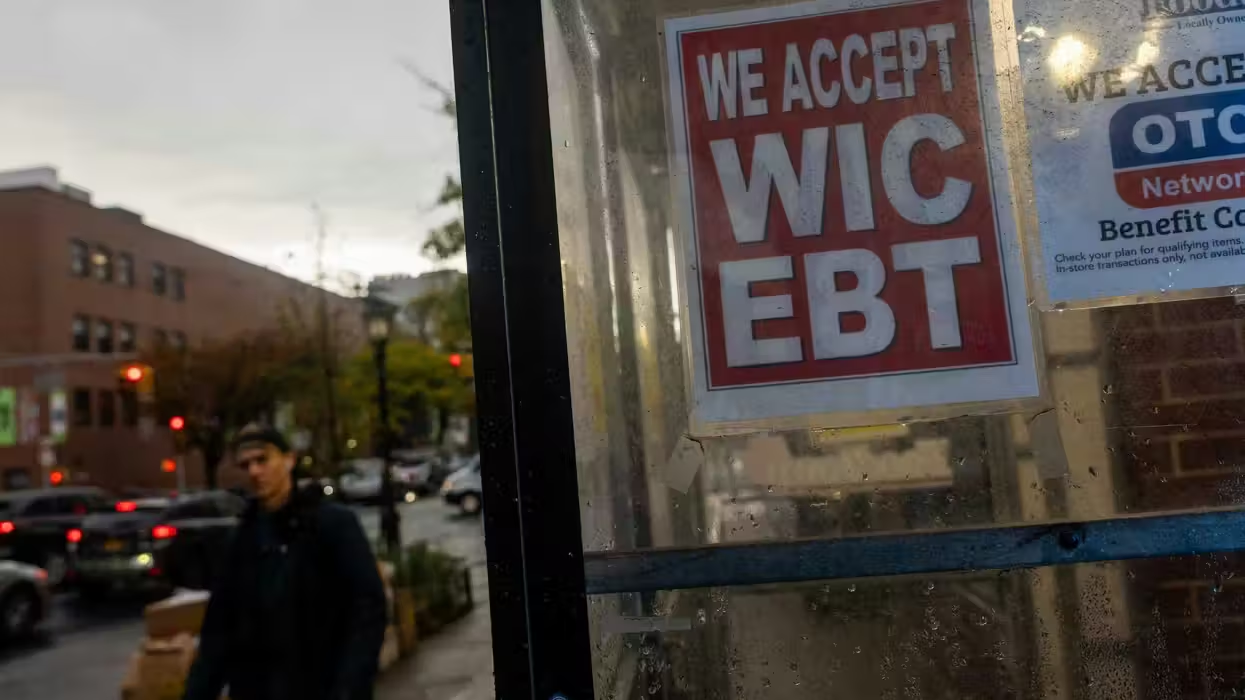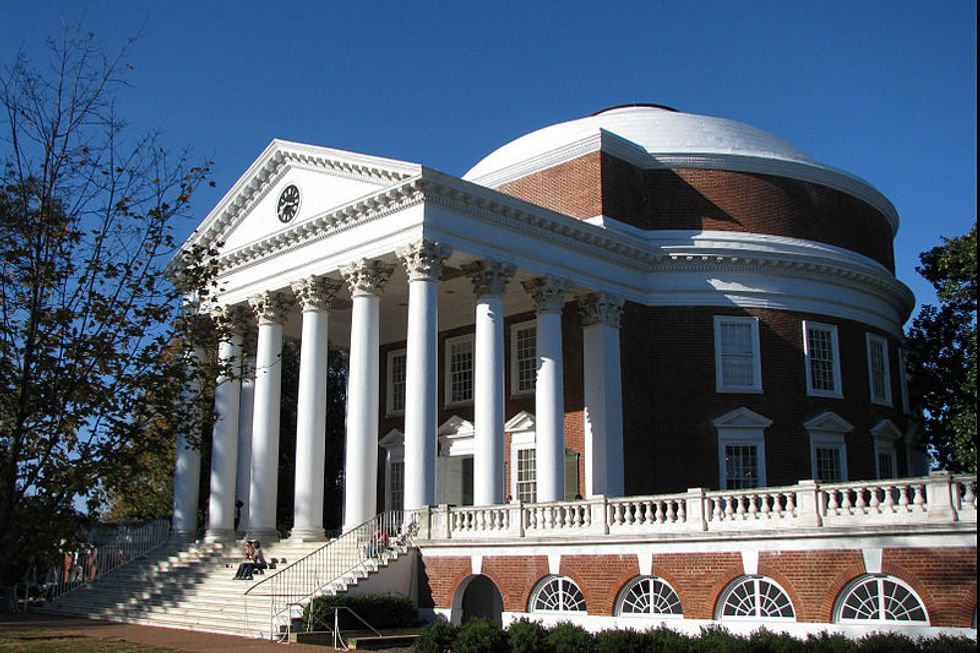
© 2025 Blaze Media LLC. All rights reserved.
We Toured Thomas Jefferson's Rotunda at the University of Virginia. Here's What We Learned About Its Secrets Discovered During Its Renovation
October 30, 2015
"It's been a real treasure trove of evidence."
Brian Hogg, senior historic preservation planner at the University of Virginia, thought they had discovered almost everything there was to know about the rotunda on campus, which was originally built by Thomas Jefferson who founded the university in 1819.
In a two-year, $50 million renovation of the rotunda, which will be completed ahead of celebrating the institution's bicentennial anniversary, Hogg has learned the structure still has much to yield of its well-historied past.
"It's a building that's been studied a lot, so we believed we knew a lot about it," Hogg told TheBlaze's video producer Michael Mason who was onsite for a tour earlier this week.
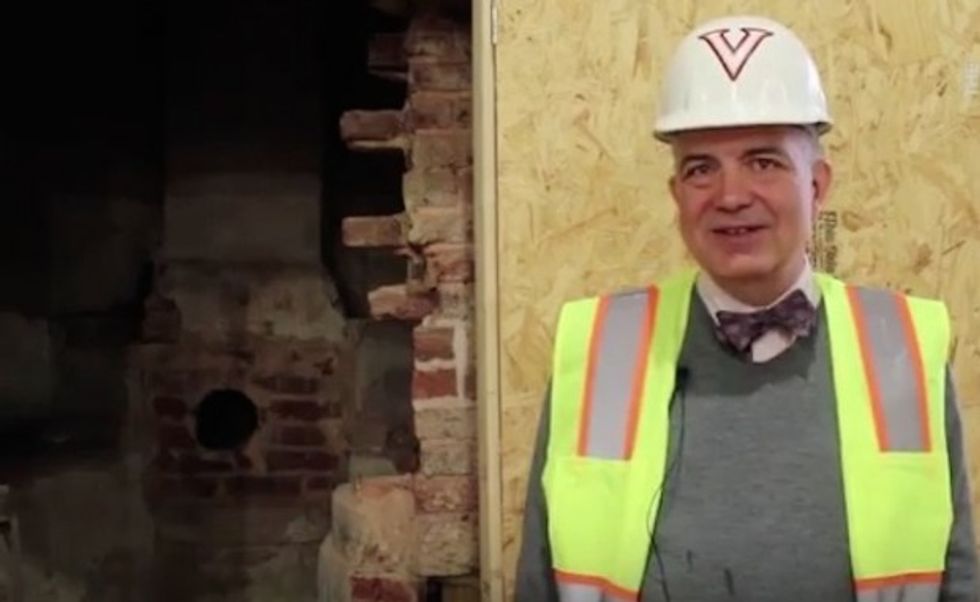
One of the most notable discoveries was announced just recently. While in the rotunda meeting with the team involved in the renovation, Hogg said the architect put his head in what they would later learn was a historic oven, "looked up and said, 'There's something up there.'"
When they opened up the wall, they found a chemical hearth, which was part of an early chemistry classroom in the rotunda's lower east oval room.
"Finding the chemistry hearth was a real surprise, a good surprise in the best possible way," Hogg said.
Some have speculated that it could be the "oldest chemistry lab in America."
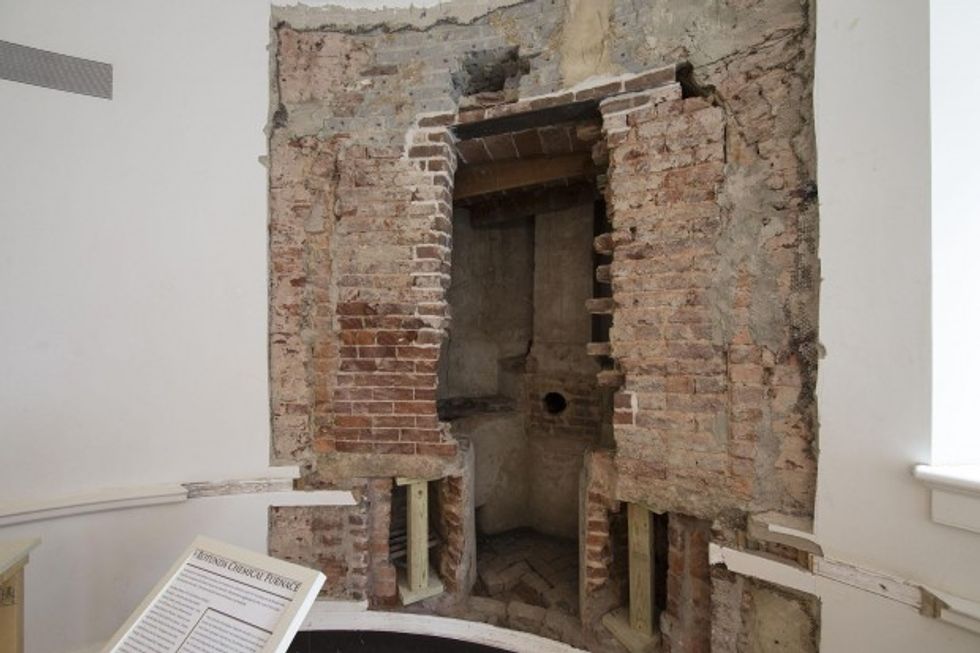
A news release about the discovery from the university called out a letter written by Thomas Jefferson in April 1823 to Joseph Cabell on the board of visitors, mentioning the chemistry classroom.
"For the Professor of Chemistry, such experiments as require the use of furnaces, cannot be exhibited in his ordinary lecturing room,” Jefferson wrote in the letter. “We therefore prepare the rooms under the oval rooms of the ground floor of the Rotunda for furnaces, stoves &c. These rooms are of 1,000 square feet area each.”
John Emmet, the first professor of natural history at UVA, first used the hearth, which Hogg said he thinks was most likely his personal use, not classroom instruction, due to its size.
"It seems kind of small for demonstration," Hogg said. "We're beginning to wonder whether it was for him and his own research, rather than as part of the teaching apparatus."
Watch TheBlaze's original video by Michael Mason from inside the rotunda:
Hogg went on to say that while there has been research into early chemistry classes at the university, the hearth is the "first real apparatus that anybody has found, so it lets us see and understand the space and the equipment that people had."
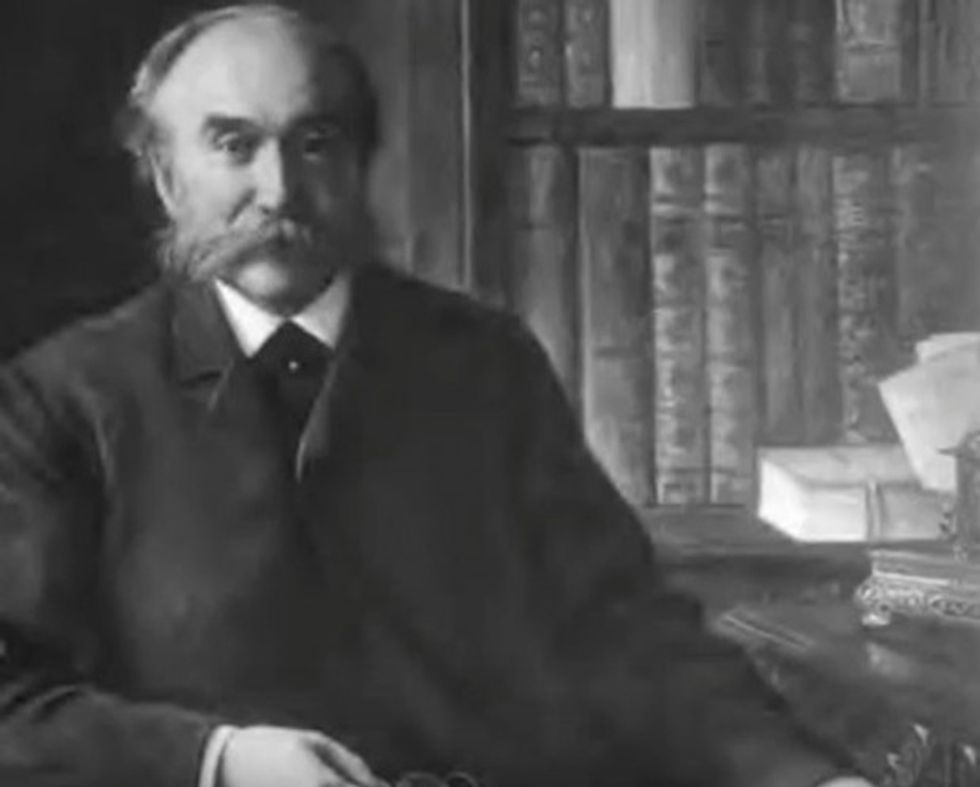
"It was hot, it was smelly, his clothes got burned, he got burned," Hogg said of the early years of chemistry in the rotunda's basement, as recorded in a biography about Emmet. "This helps evoke the challenge of teaching science in the early 19th century."
The hearth itself, according to the university, was sealed off in the 1850s and was thus protected from a damaging fire in 1895. Here's more on the history of early chemistry at the university from UVA's news release:
In 1827, Emmet pressed the Board of Visitors for a separate chemistry building, a discussion he had first opened – unsuccessfully – with Jefferson. His entreaties to the board got no further than they did with Jefferson, but the board agreed in 1829 to approve some improvements to the Rotunda’s chemistry facilities.In July 1829, the board directed that the “fire place in the Chemical Laboratory … be altered, so as to improve the draught, in the mode thought most expedient by the Professor of Chemistry.” At the same time, the board authorized a “servant” for Emmet to work around the laboratory for four hours a day, three days a week.
In 1830, the board authorized that a wooden cistern used as a water source for the chemistry experiments be replaced by one made of brick and waterproof lime, and also called for painting and whitewashing the forge. According to the Waite report, in June 1831 Chiles Brand was paid $1.50 for “Work at Chemical Laboratory,” and in the summer of 1838, C.M. Brand was paid $1 for “repairs to hearth and fire-place,” though the location was not given. (“Brand” was a name that archaeologists from Rivanna Archaeology found carved into the hydraulic cement liner of the cistern dug up in 2014 in the east garden of the Rotunda.)
It was around this time, according to the Waite report, that Emmet “discovered that a vein of small pieces of white earth or stone ran through the lands of the University, a few feet below the surface, that on examination proved to be the kaolin earth, of which the best porcelain is made.” He conducted “numberless experiments and schemes of rendering it useful” and “converted it into fire-bricks” and “a cement impervious to water”; it was also used “for covering roofs of buildings.” In 1845, three years after Emmet’s death, it was reported that the “cistern, lined with this same material . . . still remains in the laboratory as a monument of his industry” and “his fertility of invention.”
The renovation has yielded other historic finds as well, though not so as notable as the hearth.
"One brick — it's quite wonderful — it has a dog's pawprint in it. So you get the sense of the brickyard and the activity that was going on around the building when the buildings were being made," Hogg said of some of the rubble from the original building that was discovered. "We've found walls that we can't explain still."
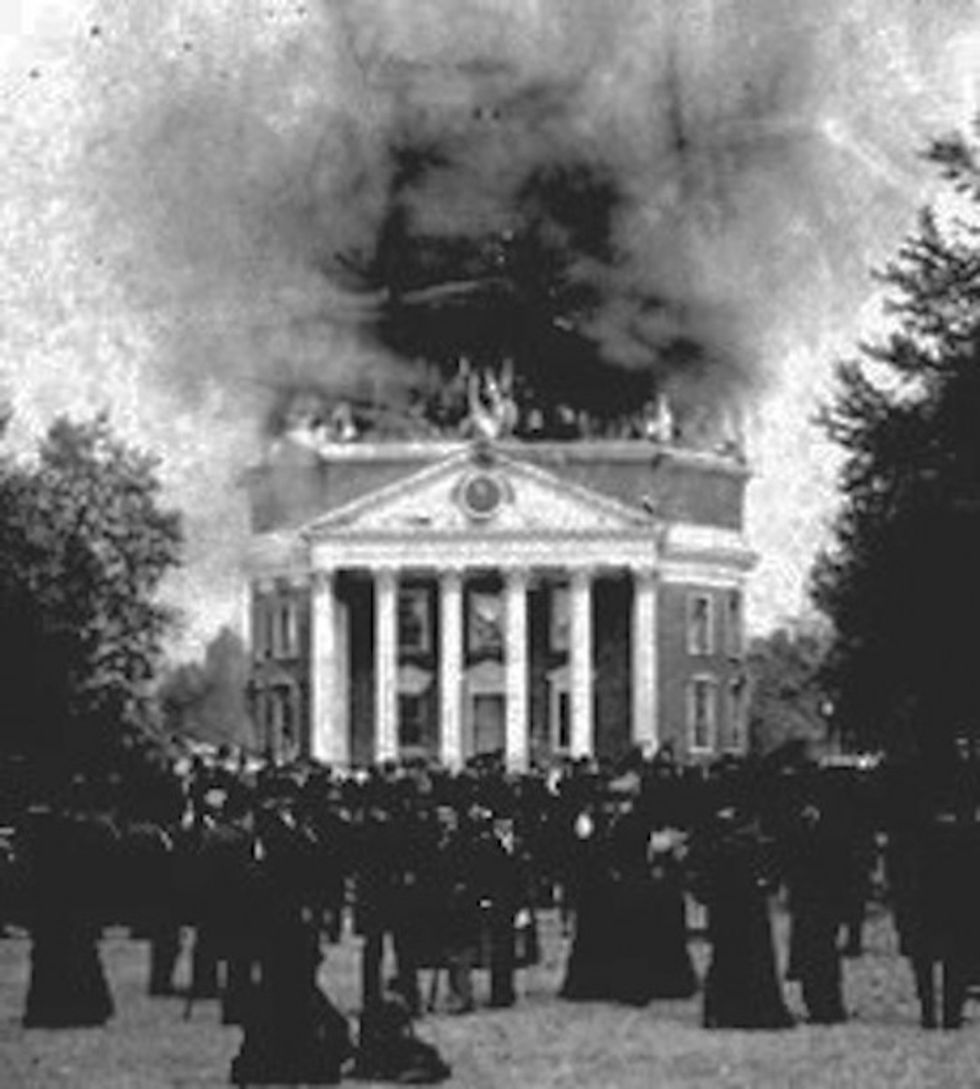
Hogg said that more of the original building built by Jefferson survived the fire of 1895 than they expected.
"It's been a real treasure trove of evidence and to document the people who worked here and used it," he said.
As part of the restoration, the chemical hearth will become part of a display for visitors.
"We plan to open up this hearth to its original dimensions and restore the exterior, conserve the interior and have it on view for people coming to the building with some interpretation to explain what it was and how it was used," Hogg said.
—
Front page image via terren in Virginia/Flickr.
Want to leave a tip?
We answer to you. Help keep our content free of advertisers and big tech censorship by leaving a tip today.
Want to join the conversation?
Already a subscriber?
more stories
Sign up for the Blaze newsletter
By signing up, you agree to our Privacy Policy and Terms of Use, and agree to receive content that may sometimes include advertisements. You may opt out at any time.
Related Content
© 2025 Blaze Media LLC. All rights reserved.
Get the stories that matter most delivered directly to your inbox.
By signing up, you agree to our Privacy Policy and Terms of Use, and agree to receive content that may sometimes include advertisements. You may opt out at any time.

